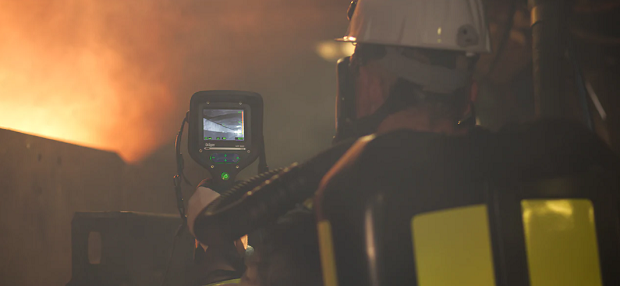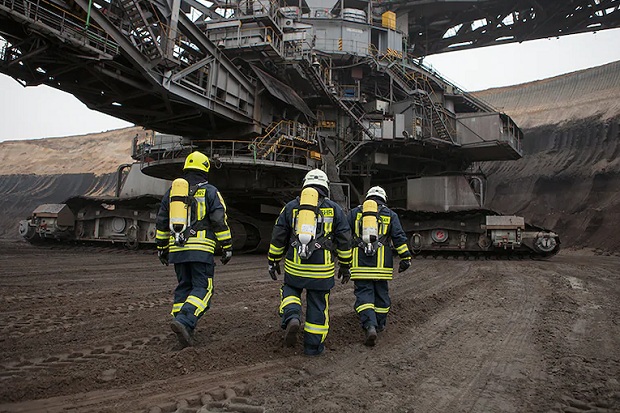Emergency Escape

- Mining method/mined product
- Geographical location
- Official and corporate regulations (SOPs)
- Number of miners (incl. contractors) per shift
- Length and condition of rescue routes
- Location of escape shafts and fresh-air bases
- Temperature/humidity
- Water ingress/flooding
- Dust development
- Mine gas/firedamp
- Fueling/handling of hazardous substances (fluids/transportation)
- Storage of explosives
- Blasting
- Ventilation failure
- Gas eruption and leakages
- Sparks/friction
- Mechanical obstacles
- Oxygen deficiency
- Fire
- Explosion
- List, assess and prioritize hazards/risks
- Check risks
- Prepare an emergency plan
- Provide emergency equipment
- Ensure appropriate emergency training

Source: https://www.draeger.com/en-us_ca/Safety/Mining/Mine-Emergency-Escape

|
Reporting to the Senior Manager, Business Process Innovation, the Business Analyst is responsible to lead, manage and execute a variety of basic to moderately complex projects in the functional area, ensuring all projects are delivered on-time, within scope and within budget.
The Regional Sales Manager, Safety is responsible for generating profitable sales equal to or greater than our annual sales goals/commitments, while satisfying the needs of our customers better than our competition.
The Clinical Specialist (CS), assists in planning and conducting customer in-services and implementations.
Reporting to the Service Support Supervisor, the Bilingual Service Coordinator – Service Contracts reviews existing service contracts in SAP and verifies accuracy of details.
Reporting to the Service Support Supervisor, the Bi-lingual Service Coordinator provides support to the Service Operations team for in-house service activities, field service activities, factory repairs, service billings, generating supporting reports, and updating master records, among other possible tasks.